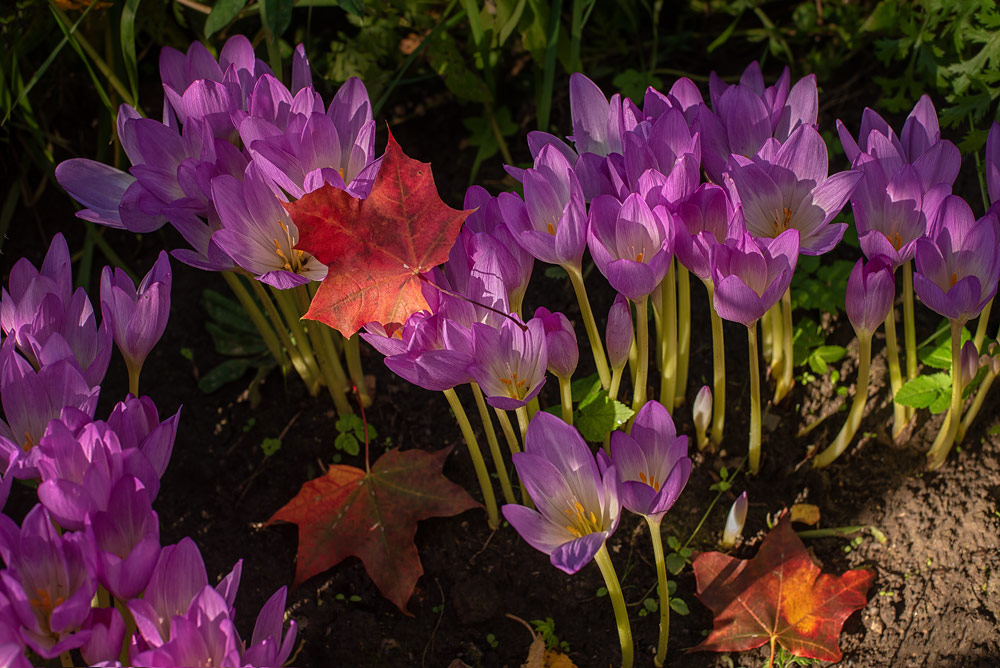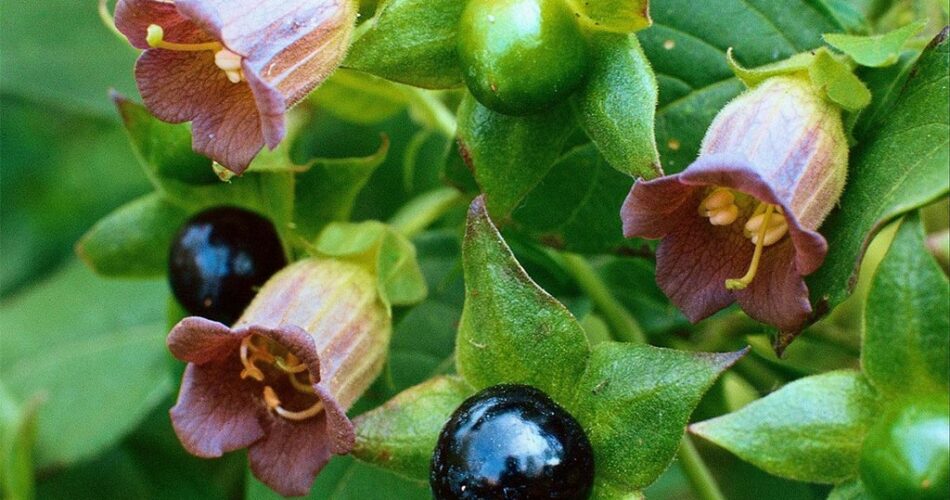Some plant species can kill humans. Yes! When humans come in contact with such poisonous plants, it causes various chemical reactions leading to death. Let’s check the list of 7 most dangerous plants in the world that can kill us with their poison:
Rosary Pea (Abrus precatorius)
Abrus precatorius is generally known as jequirity, rosary pea, Crab’s eye or Crab’s eye creeper, cock eyes, love pea, Jamaican wild licorice, Indian licorice, country licorice or weather plant. Rosary pea plants are native to India. The plant’s seeds are used as beads. Seeds of this plant are highly toxic. The seed of rosary pea contains a chemical known as abrin. The seeds are highly fatal to children. If the seeds are chewed nicely and ingested, the seed can cause fatality in children as well as adults. The very potent toxin can cause symptoms such as nausea, vomiting, convulsions, liver failure, and death.
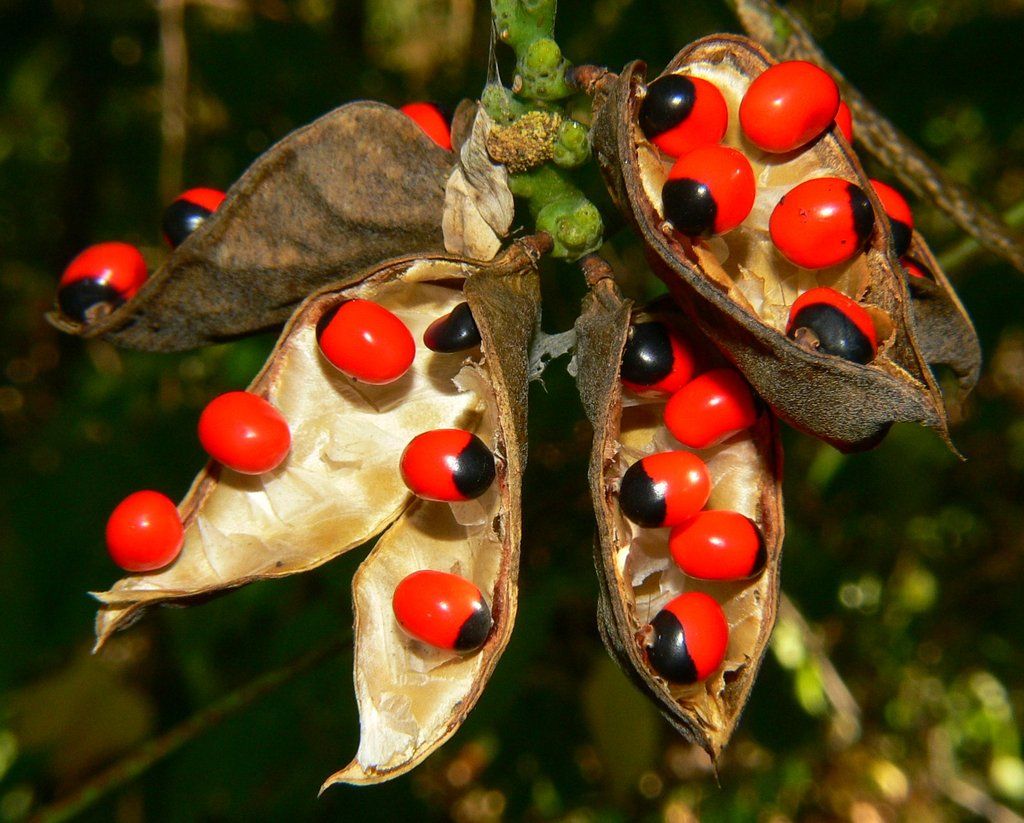
Suicide Tree (Cerbera odollam)
As the name suggests, suicide tree has been in use to suicide and homicide. Cerbera odollam yields a highly potent poison that can easily kill humans. This highly dangerous plant species is native to India and southern Asia. They are primarily found growing in swamp and marshy areas. The suicide tree produces a toxin known as cerberin. Cerberin is a digoxin-type cardenolide and cardiac glycoside which blocks calcium ion channels in heart muscle, causing fatal heart disruption. In the Indian state of Kerala, odollam has been a common agent of suicide and homicide; nearly 500 cases of odollam poisonings were reported from 1989 to 1999. A mixture of strong spices with odollam can easily mask the presence of the toxin.
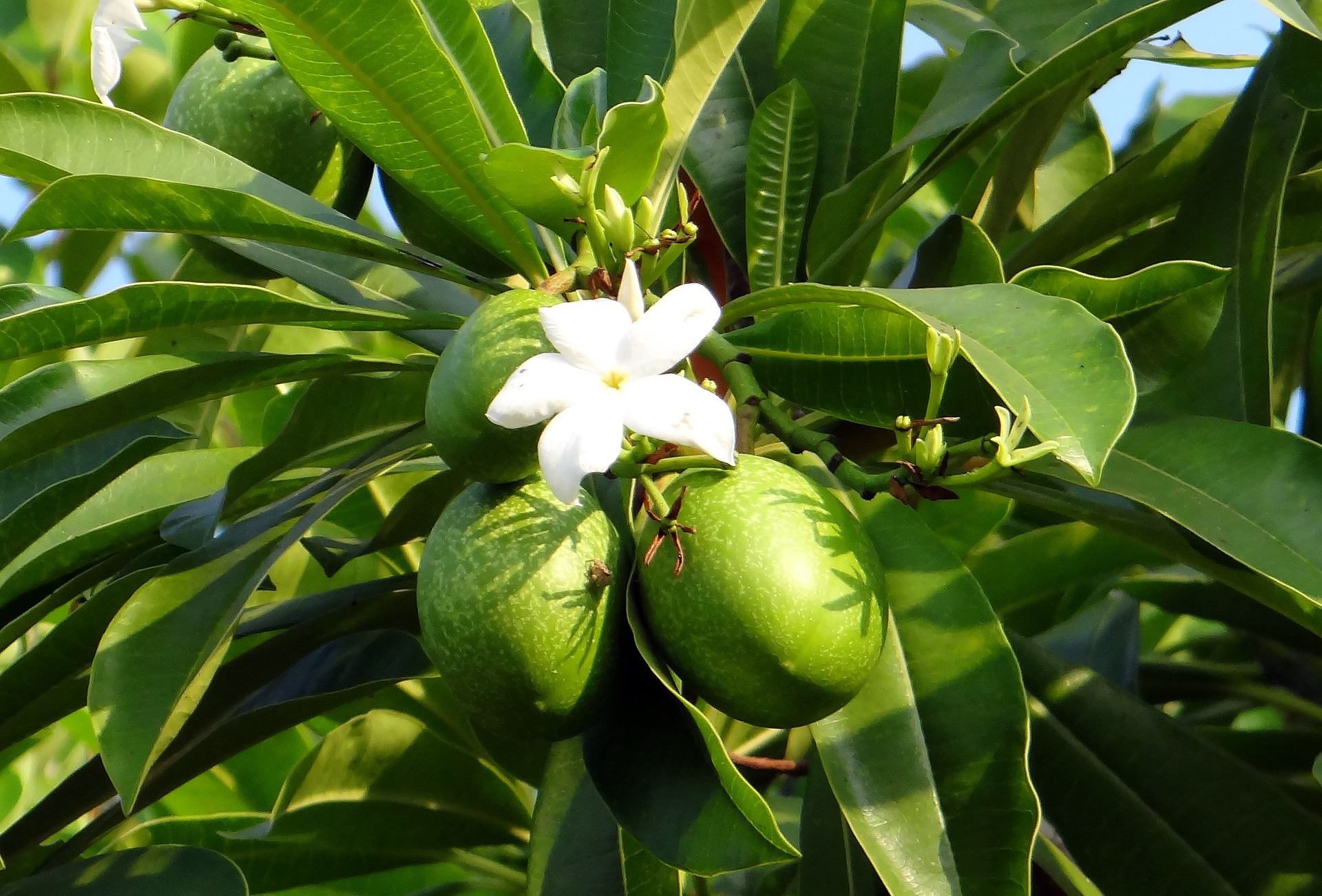
Monkshood (Aconitum)
Monkshood is famously known by the name wolf’s bane. Other names of monkshood are devil’s helmet, queen of poisons, or blue rocket. The perennial herbaceous plant is native to the mountainous regions of Northern Hemisphere. Most species of these plants are extremely poisonous and should be dealt carefully. Poison present in this plant is an alkaloid called aconitine. 20 to 40 ml of the poison is enough to become fatal. Higher dosage of the poison can cause fatality almost instantly. The symptoms are instant, usually within an hour of consumption. Initial symptoms are nausea, diarrhea and vomiting. Severe symptoms include disabling the nerves and stopping the heart. Ancient people of Greece have used this poison in arrows while the Germans used the poison for bullets during WWII.
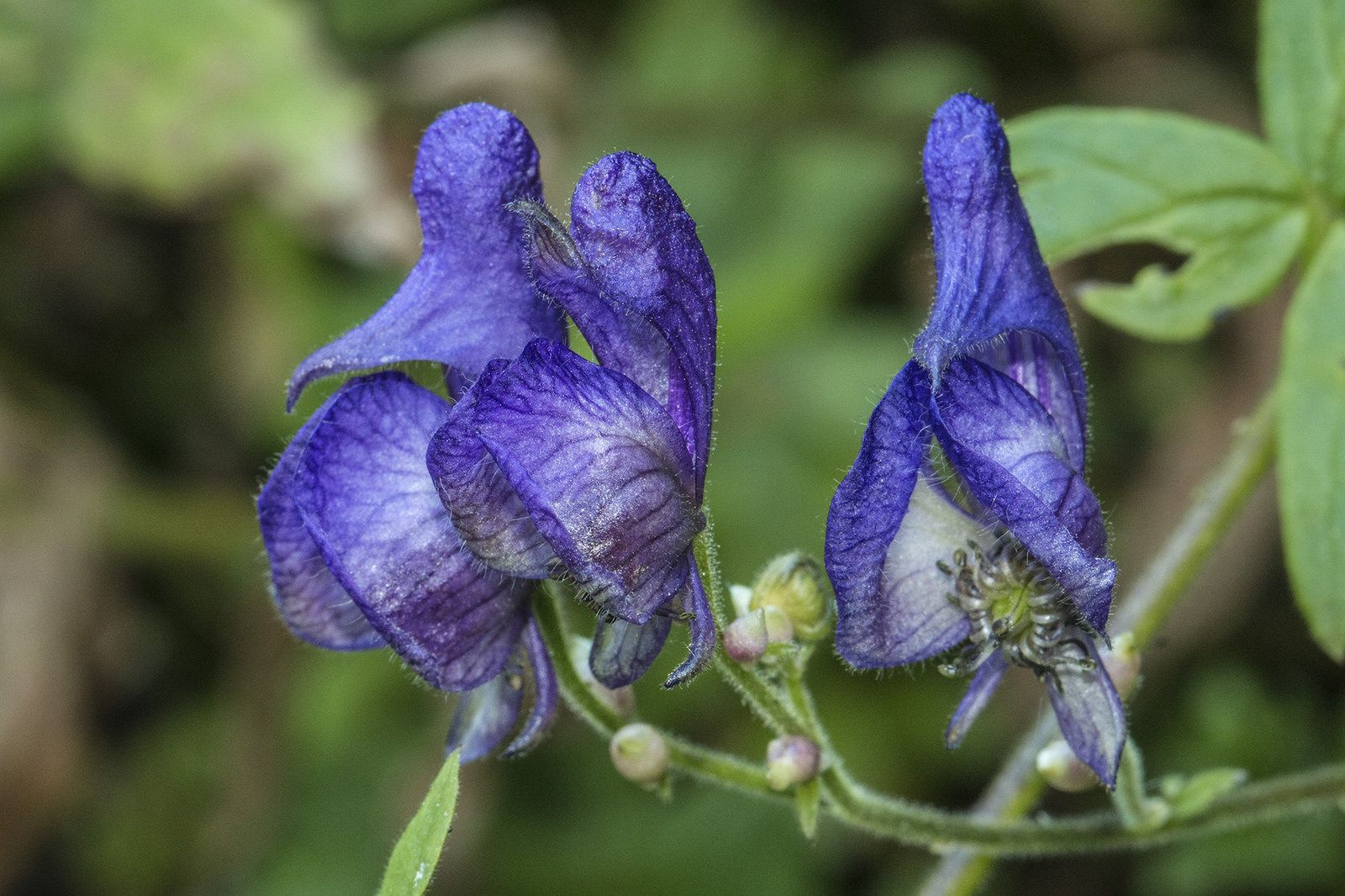
Deadly Nightshade (Astropa Belladonna)
Deadly nightshade or Astropa belladonna is a perennial herbaceous plant from the nightshade family Solanaceae. The Solanaceae family includes potatoes, tomatoes and eggplant. These plants are native to Europe, North Africa, and Western Asia. The foliage and berries of belladonna are extremely poisonous when ingested. It is the most toxic plant in the Western hemisphere. The devil’s berries contain a toxic alkaloid known as tropane. Around 10 berries are needed to kill humans but one leaf of deadly nightshade is enough to kill. The toxin affects the nervous system and can cause blurred vision or vision loss, hallucinations, headache, loss of speech, coma and death. Early humans and ancient Romans have used this plant to poison arrows and murder respectively.
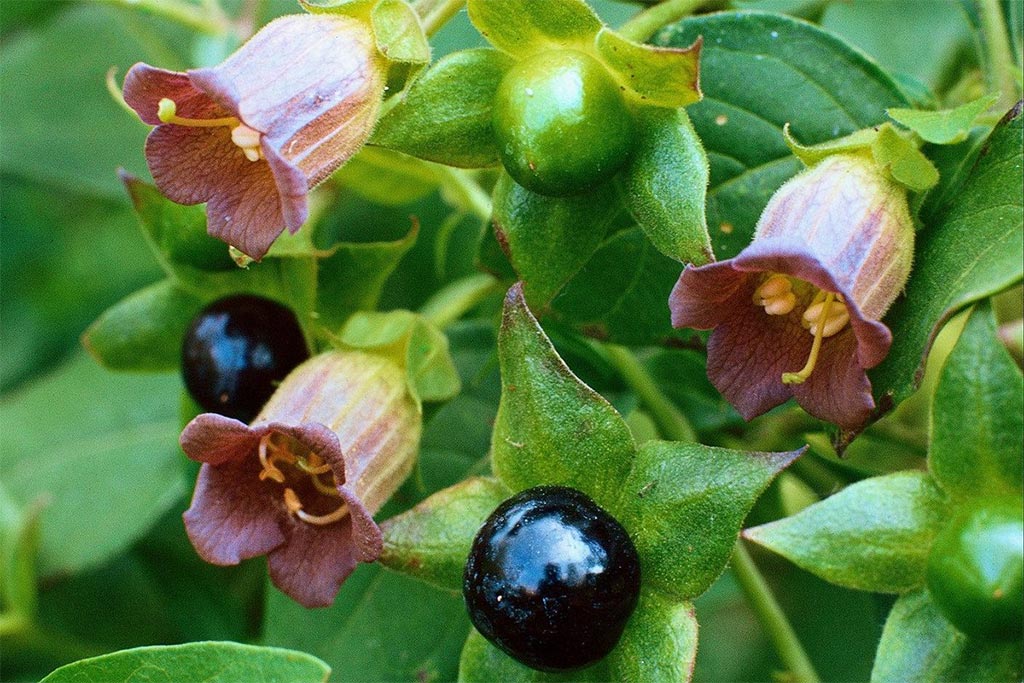
Water Hemlock (Cicuta maculata)
Water hemlock is one of the most poisonous plants in North America. The perennial herbaceous plant contains a harmful toxin known as cicutoxin. The cicutoxin is known to breakdown the central nervous system causing rapid seizures and tremors. Other symptoms include nausea, abdominal pain and emesis. The symptoms usually occur within 60 minutes of ingesting the plant. High dosage of the plant parts, especially the highly toxic roots can quickly cause death. Due to the quick onset of symptoms, treating a patient is often unsuccessful. Historically, this plant was used in Greece as an agent of capital punishment. In 399 B.C., the Greek philosopher Socrates drank some kind of a Hemlock infusion at his execution.

Castor Bean (Ricinus communis)
The castor bean plant, according to Guinness World Records is the most poisonous common plant in the world. The castor bean plant is native to Mediterranean Basin, Eastern Africa, and India. They are commonly found growing on wasteland. They are also grown as an ornamental plant in other parts of tropical region. The source for castor oil is castor seeds. The castor seeds contain a toxin known as ricin. Overdosing the ricin would cause hypotension, nausea, diarrhea and seizures. Without treatment, death can occur in 3 to 5 days. The cold-pressed castor oil which is available commercially isn’t toxic to humans in normal doses.
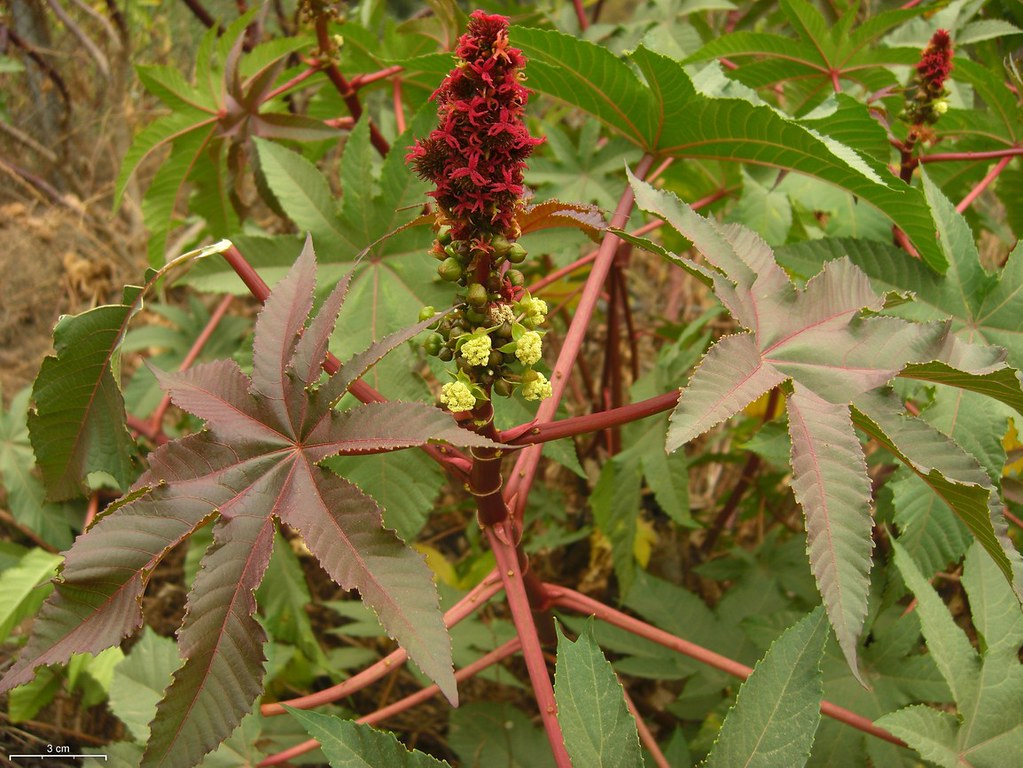
Meadow Saffron (Colchicum autumnale)
Meadow saffron is an autumn-blooming flowering plant native to the Great Britain and Ireland. The poisonous plant is cultivated as an ornamental in temperate areas, though they are toxic. The plant contains a poison known as colchicine. Colchicine poisoning is comparable to arsenic poisoning. The symptoms appear within 24 hours of ingesting the plant. Symptoms of colchicine poisoning are vomiting, fever, diarrhea, abdominal pain and kidney failure. After 24 hours of ingestion, the poison can cause multiple-organ failures which can result to death. There are no known specific antidotes for treating colchicine poisoning. Despite knowing their toxicity, these plants are used to treat certain diseases.
